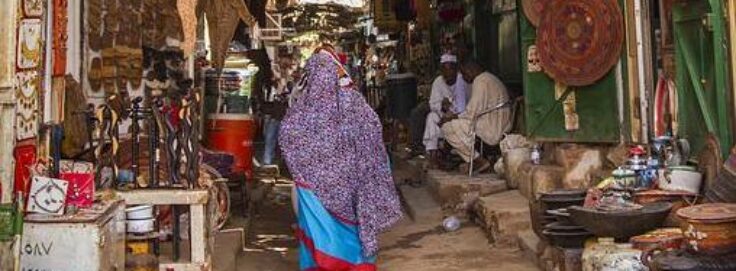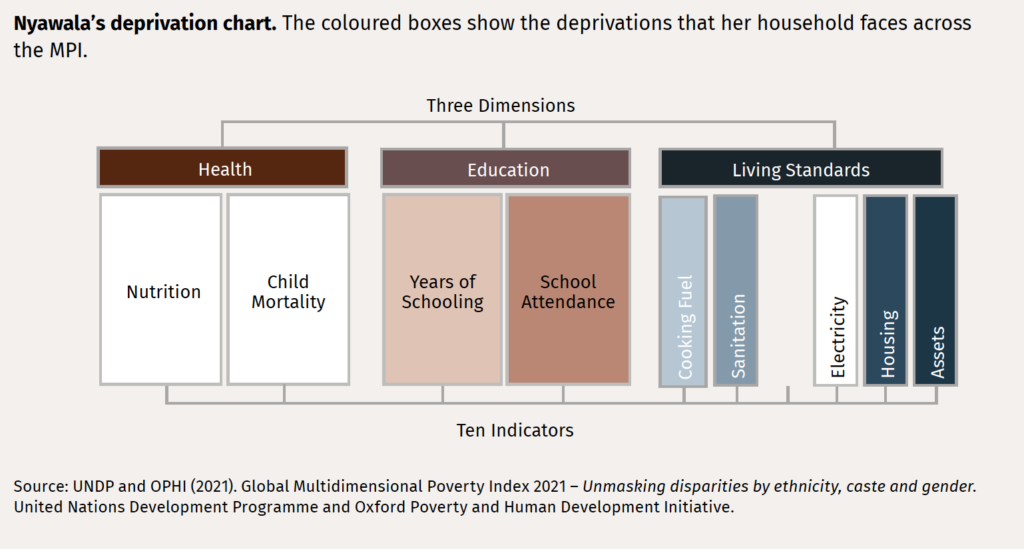
Search
Day in the Life: Nyawala from South Sudan

Nyawala, 52, and her young granddaughter, 9, fled a crisis in Southern Sudan and live in a refugee settlement in Northern Uganda. In the mornings Nyawala takes her granddaughter to play with other children in the settlement and takes a reflective walk.
Sometimes she feels lonely, but through her cell phone she can keep in contact with relatives in neighbouring settlements or back home. Fortunately, no child has died in Nyawala’s household.
Nyawala’s housing has a dirt floor and two beds, a solar lamp and a power outlet charged by a low-cost solar panel. For water the women walk together with jerrycans to a common borehole well that is more than a 30-minute roundtrip walk from the settlement, and their latrine toilets are shared with eight other households.
Nyawala’s granddaughter has missed several years of school because of the conflict, and Nyawala hopes to enrol her soon in the settlement’s primary school so she can catch up and achieve the education level that Nyawala was not able to complete.
Like other families in the settlement, Nyawala uses firewood to cook rice, maizemeal and grains, and while they are occasionally food insecure, they are not deprived in nutrition. Nyawala and her granddaughter have few belongings, but they are proud to have the cell phone and the solar lamp—and each other.
Nyawala and her granddaughter are considered multidimensionally poor because they are deprived in seven indicators, which in this case translates into a deprivation score of 61.1%. Furthermore, they are living in severe multidimensional poverty because their deprivation score is higher than 50%.
This article was published in Dimensions 14

















